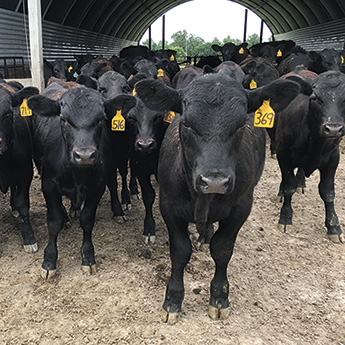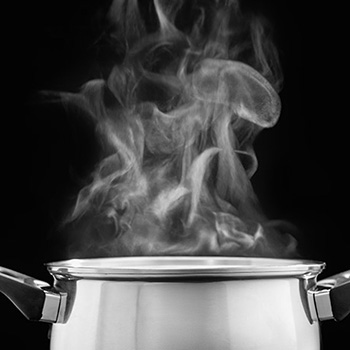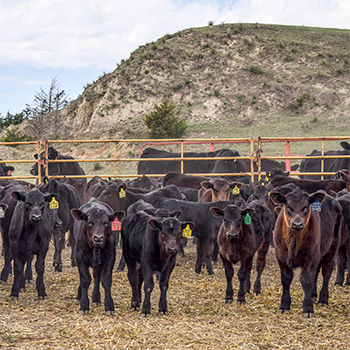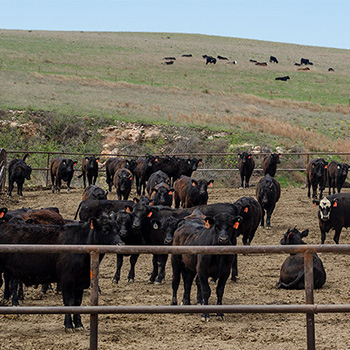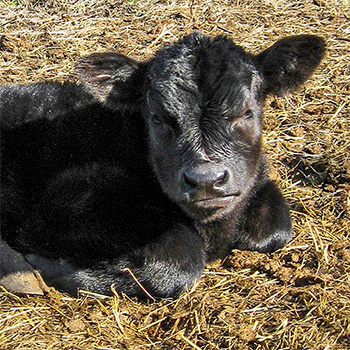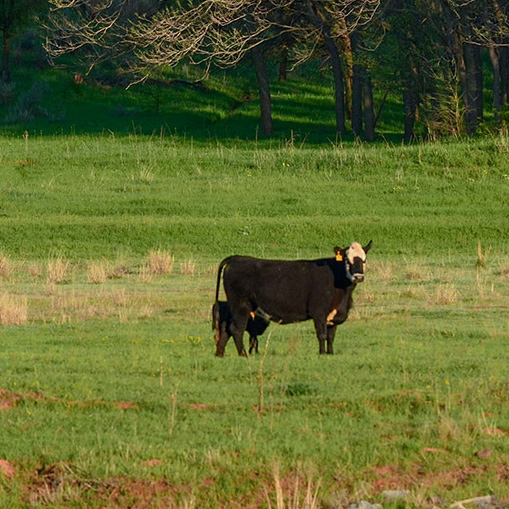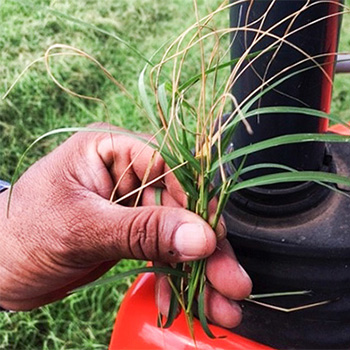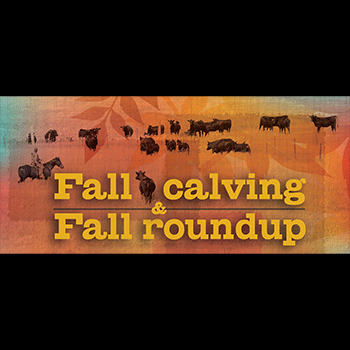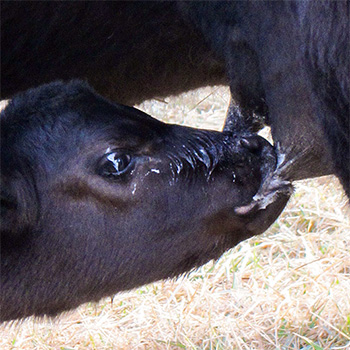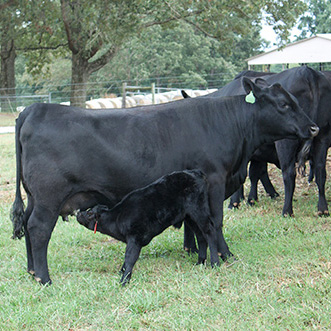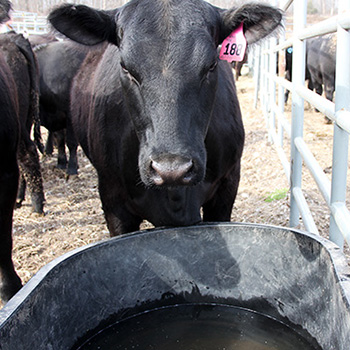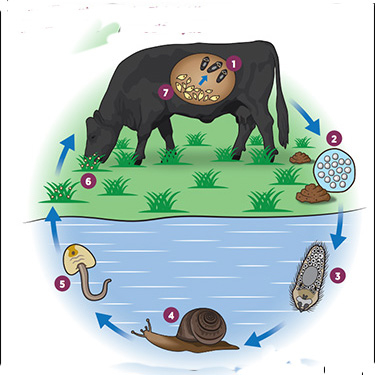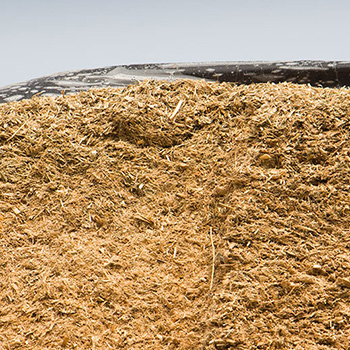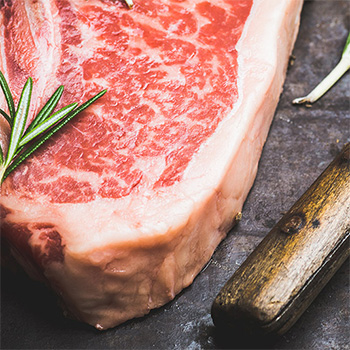
The Link
Fall calving advantages.
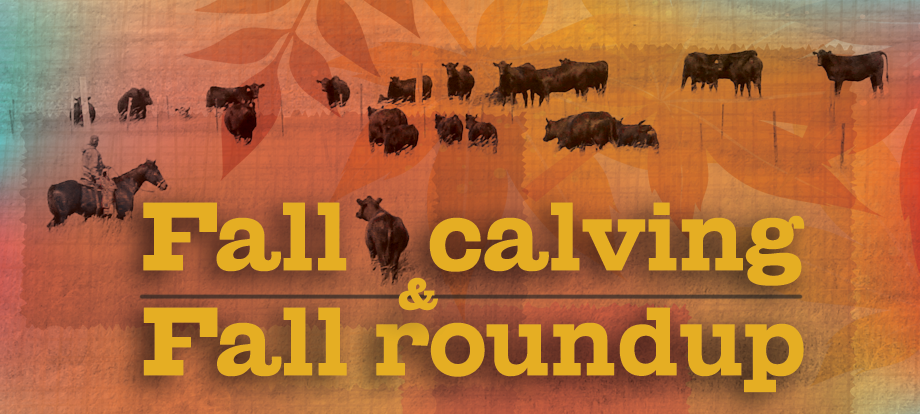
As we approach the fall, many cow-calf producers are preparing to market their spring-born calves. Approximately 70% of calves are born in the spring and marketed in the fall. The remaining 30% are preparing for the fall calving season that will run September to November.
There are many advantages to fall calving. Fall-born calves enter the market when supply is lower, since the majority of cows are calving in the spring. In addition, the availability of lightweight calves for summer grass is lower. Calf prices are typically 10 to 20 cents per pound higher in the spring and calf prices are typically highest in March and April when fall-born calves would be weaned.
Another advantage for fall calving is that the weather is less erratic when compared to spring weather patterns in most geographic areas. Reduction in temperature fluctuation decreases health challenges in newborn calves.
Cows that calve in the fall generally have higher body condition since they are following summer grazing without a nursing calf.
However, there are some disadvantages to a fall calving season. Obviously, the availability of quality forage needed to support a cow-calf pair is a concern. Maintaining a lactating cow through the winter months can be expensive, and nutrient requirements are about 25% higher for a lactating cow as compared to a dry cow.
All things must be taken into consideration when determining the optimum time to calve, like availability of feed, labor consideration and weather patterns for your geographic area. Whatever season you choose for your program, a defined calving season is still better than a year-round calving crop enabling the producer to manage for an optimum input and output.
Editor’s note: Casey Cobb is an Angus Link field representative and can be reached by email.
